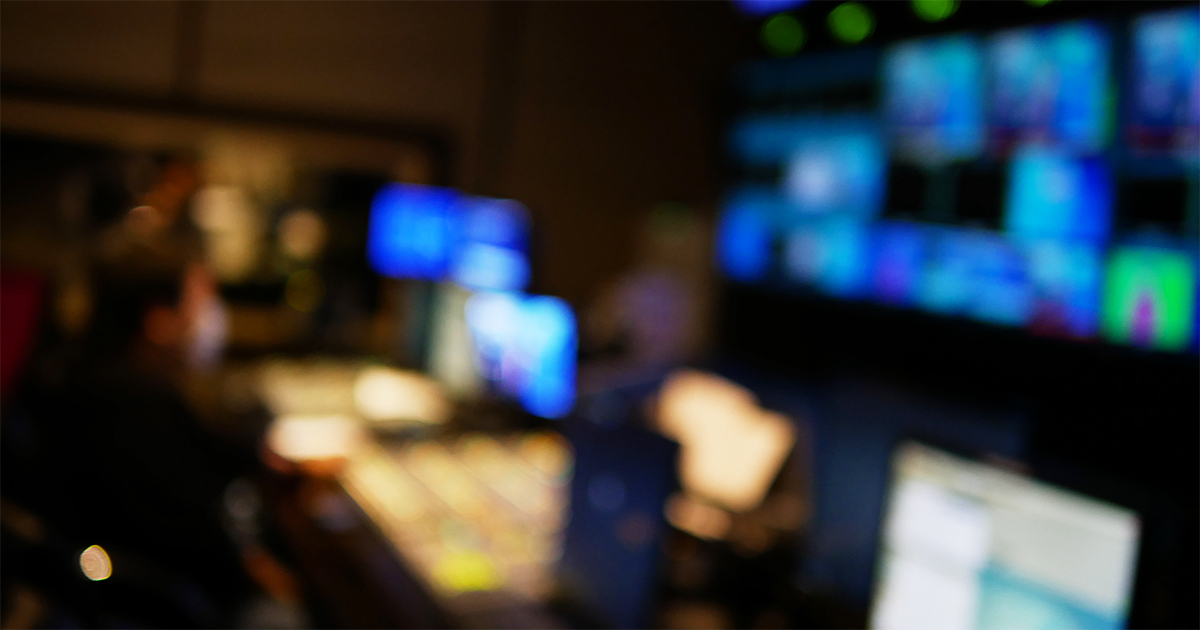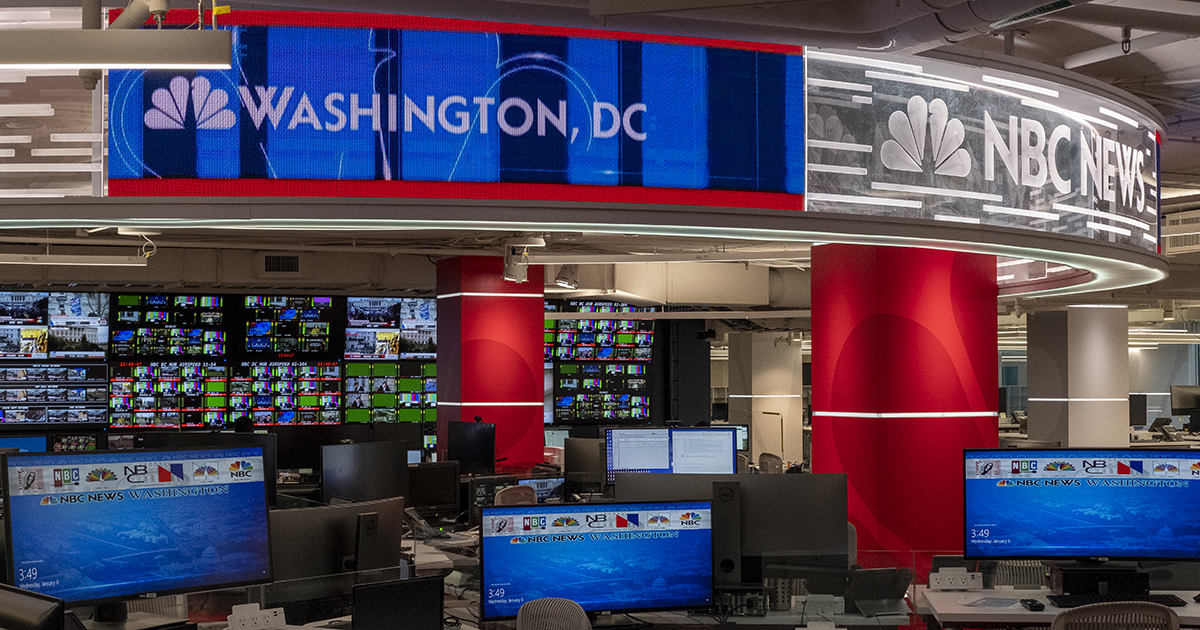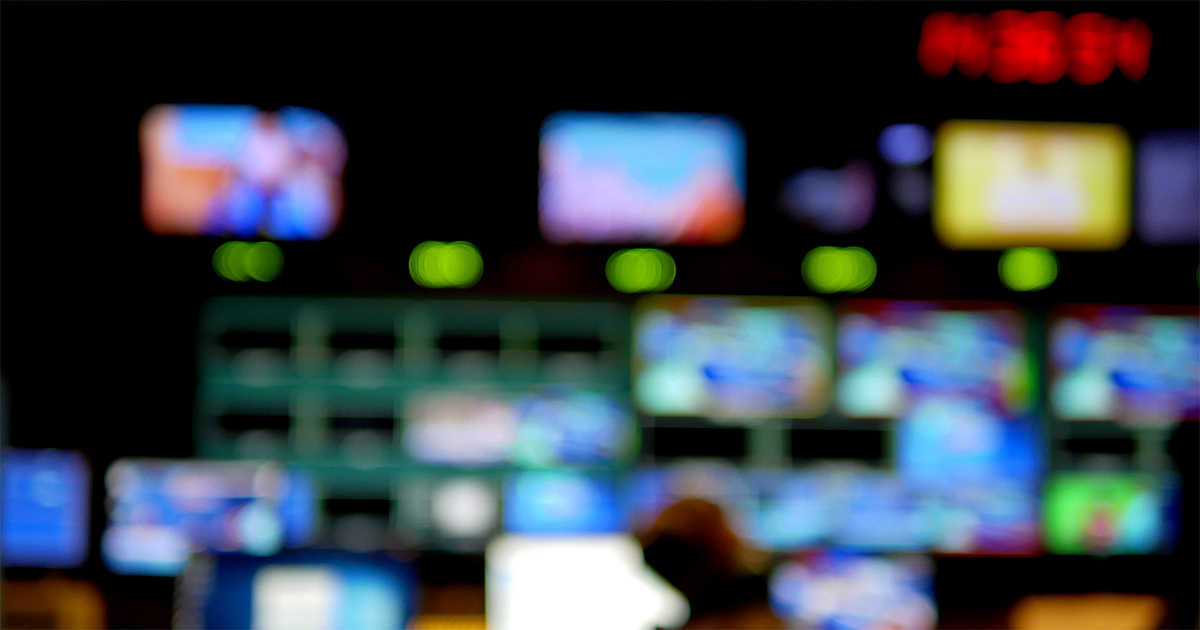
How much of a broadcast newsroom operation can be done remotely now that the return to office clarion is being sounded?
The physical newsroom has been morphed by Covid with news organizations and journalists forced to address the extent of change in the months ahead.
Speakers at the Poynter Conference, “Newsgathering-From-Home: What we’ve lost and learned in one year of remote journalism,” as reported by the University of Mississippi School of Journalism and New Media’s NewsLab, predict newsrooms will not be as full and structured as they used to be.
Like employees in other parts of M&E, journalists neither want to fully come back to the newsroom nor want to fully stay at home.
There is a need to look at which positions are really needed on site, such as producers who are “the glue” of the newsroom, while reporters and photographers do not necessarily need to be present.
Stations owned by the Graham Media Group will go back to work in person depending on their market and on their local COVID-19 infection rates, according to Emily Barr, president and CEO Graham Broadcasting at the conference. Still, 70% of Graham Media employees work remotely today.
Barr reports that the pandemic showed that online morning meetings can be very efficient, since anyone can dial in from anywhere and directly head to their report location, instead of having to show up to the office first. That saves a lot of time and a lot of gas.
Some positions are harder to perform remotely, like directors and some of the assignment editors who still work in the buildings, Barr explains, but most reporters and anchors work remotely from home.
READ MORE: What newsrooms learned in one year of remote journalism (NewsLab)
Producers are doing most of the job remotely with only one person in the control room. That balance seems to be working for Graham Media Group, whose employees have now settled into a new routine, even though the social camaraderie of going to the office is missing.
The way the job is done has also shifted during the pandemic: everybody now owns a ring light, if they did not own one before. Journalists realized a lot can be done with an iPhone and a ring light, contradicting the argument that heavy and expensive cameras are necessary to do the job.
A shift also seems to have occurred in the relationship between news anchors and journalists and their audience. Broadcasting from their living room or kitchen this past year has levelled the field a little: guess what newscasters also have families too and are forced to work from home just like us.
“The lack of access to professional gear and to TV studios has somehow broken the fourth wall with the audience,” suggests NewsLab.
It’s not a trivial side effect. While the impact of seeing potential clutter of daily lives rather than the clinical and formal look of a hermetically sealed studio has “humanized” our journalists “and made them more relatable to viewers “It has shown us how unequal we are,” according to Kristen Hare, editor of Locally at Poynter.
She points out that she and some journalist/anchors have the luxury of a guest room to work from at home — something that won’t be mirrored in most people’s experience including legions of newsroom staffers.
Concerns were also raised about the privacy and personal safety of especially anchors working from home, since aspects of their personal lives are being revealed.
NewsLab is part of the UM School of Journalism and New Media at the University of Mississippi.
The Poynter Conference’s “Newsgathering-From-Home” is the first On Poynt session in a new four-part series about the newsroom of the future.




